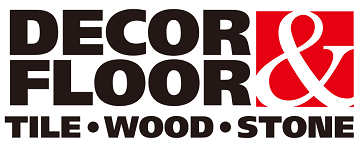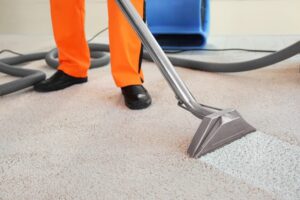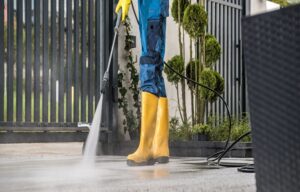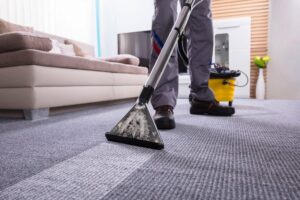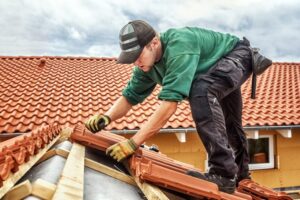How to Safely Remove Unwanted Paint after Construction: Effective Cleanup Tips for a Flawless Finish
3 min read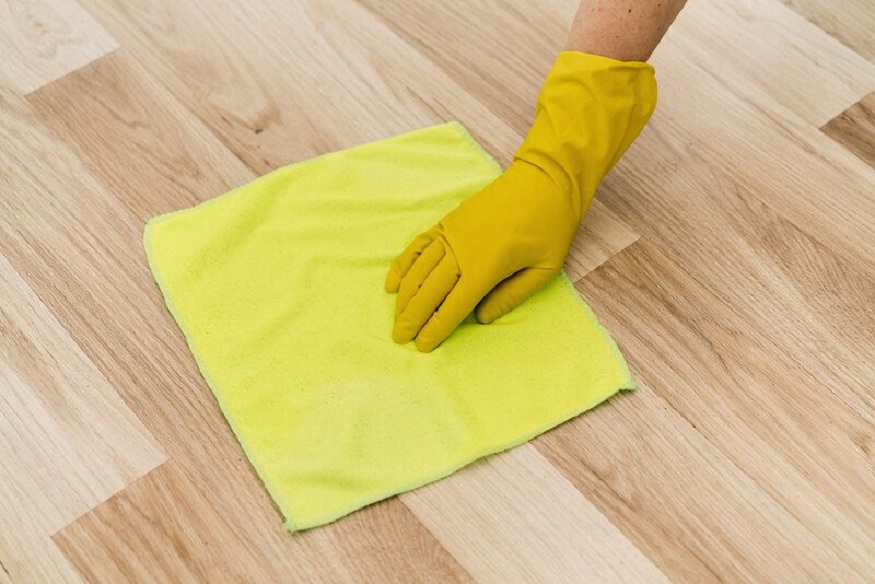
Cleaning after the construction work is actually a fun process, but not when you are stuck with paint residues on your windows, floor, or even bricks. Paint splatter can occur in any home, and anyone with experience in home improvement or construction knows how sticky and hard it is to clean them up, regardless of whether you are a homeowner or a site manager. It may be necessary to remove paint from the unwanted areas to ensure that the project’s completion is nothing less than perfect. Below is a breakdown of how you should go about removing the paint from the area.
1.Identify the Paint Type and Surface First
Firstly, it is imperative to identify the type of paint used with options being latex, oil, or spray and the various surfaces that have been affected. Every one of them needs to be dealt with in a proper manner in order to avoid putting at risk the patient’s life and the healthcare staff’s well-being.
For instance, in masonry or textured stone, it may be rather difficult or even unadvisable to use conventional cleaning processes. In such circumstances, one can consider erasing paint from the surface by availabilities of laser cleaning Calgary, which is extremely accurate and does not harm the surface of the film. After that, this enhanced approach is quite beneficial for various commercial structures or heritage buildings where surface protection is quite relevant.
2.Use Gentle Manual Techniques First
When cleaning very smooth surfaces such as glass, tiles, or polished wooden surfaces, it is recommended to begin with the gentlest method. Dried paint can be scraped off with a plastic scraper or with a utility blade used at an angle. To remove latex paint, a simple solution of warm, soapy water and a sponge may be sufficient to loosen and clean the splatters.
3.Power Washing for Exterior Surfaces
Power washing on exterior walls, driveways, or other colored areas that are exposed to so much paint is pretty efficient. However, they have to be used carefully and with discretion. In this process, it is also important to avoid putting too much pressure to avoid damaging the mortar or the surface finish. Maintenance of the correct pressure and using large nozzles do not cause discoloration or etching of the surface.A detergent that is specifically recommended for use in paint stripping may also enhance the process and leave no need for high water pressure.
4.Delays in Curing and Other Paint Troubles in Future Projects
The most effective approach is preventive, in which measures are put in place to ensure that paint spills do not happen in the first place. To shield nearby areas from paint, use masking tape, drop cloths, and perhaps pieces of plastic sheeting. It pays to use the appropriate shields to prevent overspray if you have adopted the use of a spray system.
Employing individuals or companies that know how to handle the surfaces and every little aspect on the house after construction can also be time-saving and cost effective measures.
To a Clean Finish!
While paint splashes may be the last to go before ending up converting a construction site into a beautiful home, this final touch does not have to be a hassle. In a world where the best things are measured in micrometers, less efficient cleaning techniques prove ineffective. That’s where innovation steps in. When you hire a competent service provider in laser cleaning, you are not just scraping off paint but effectively maintaining the worth of your property.
